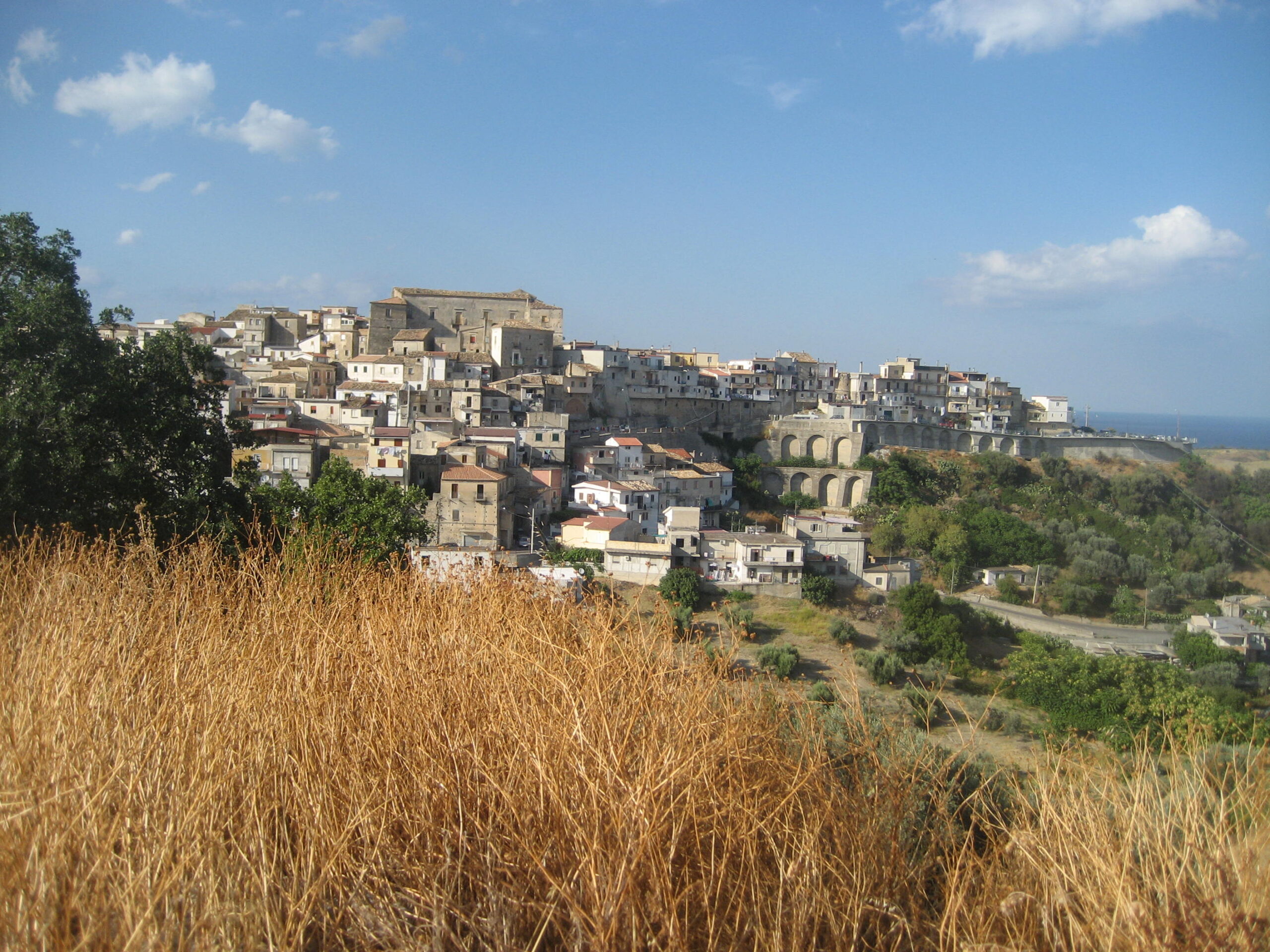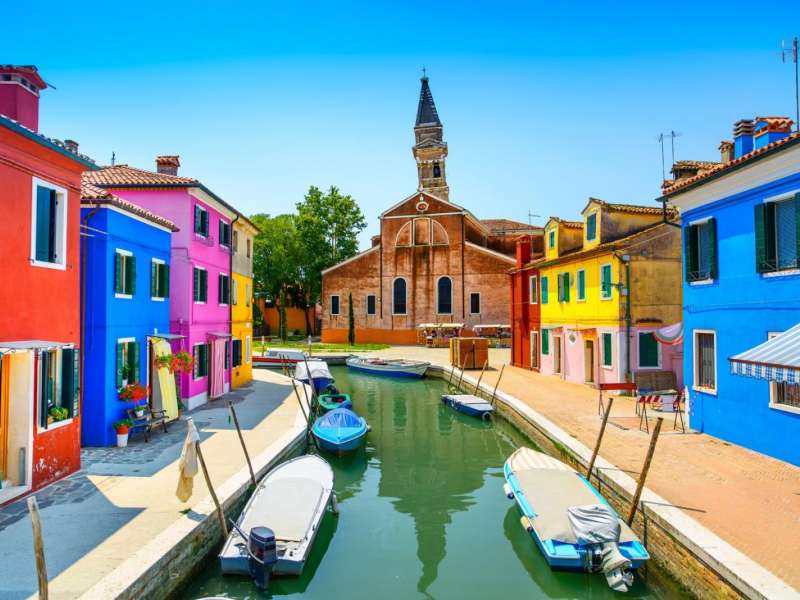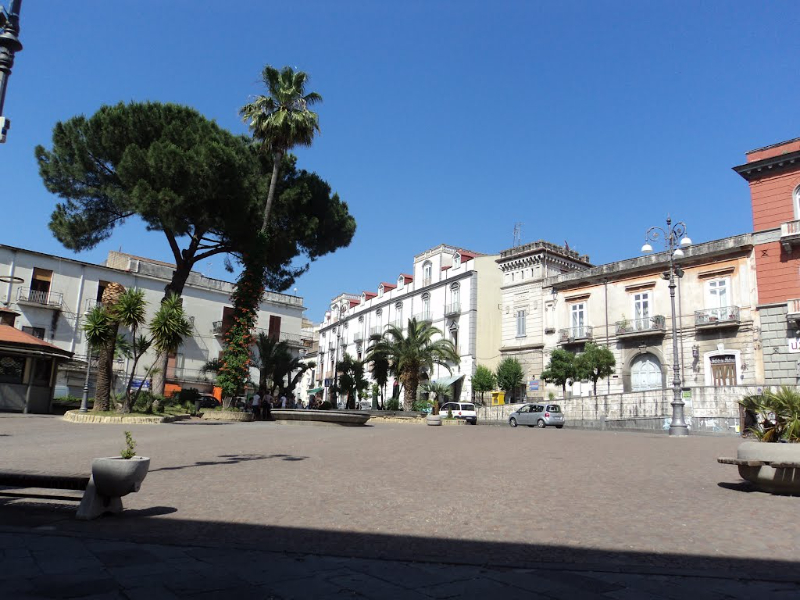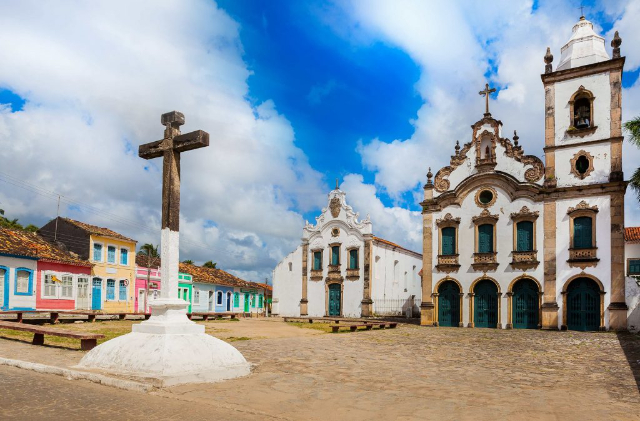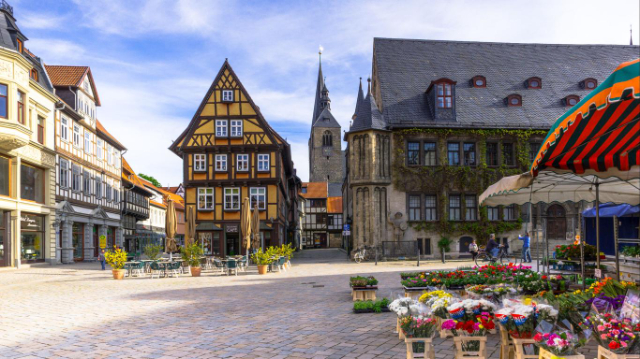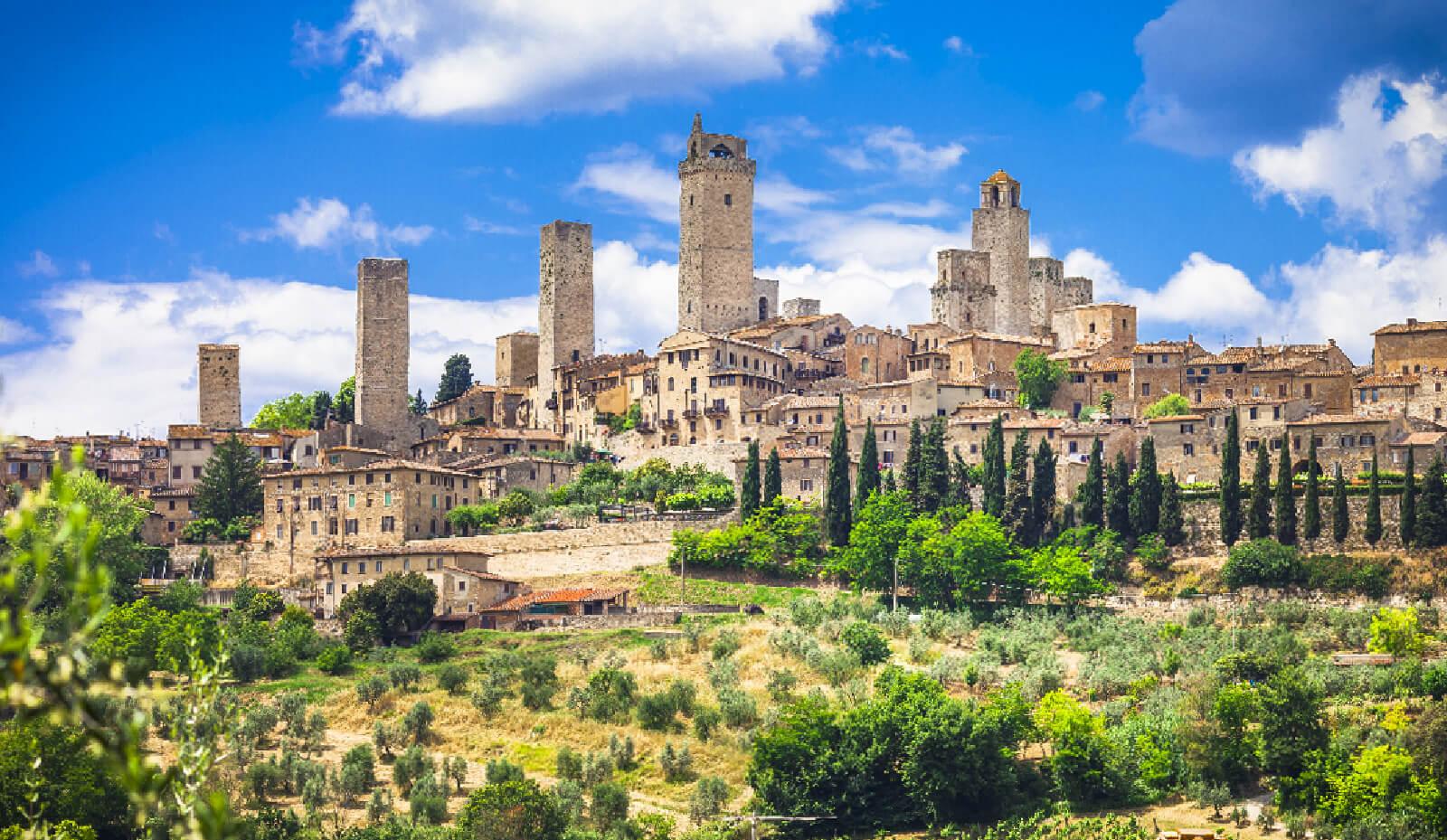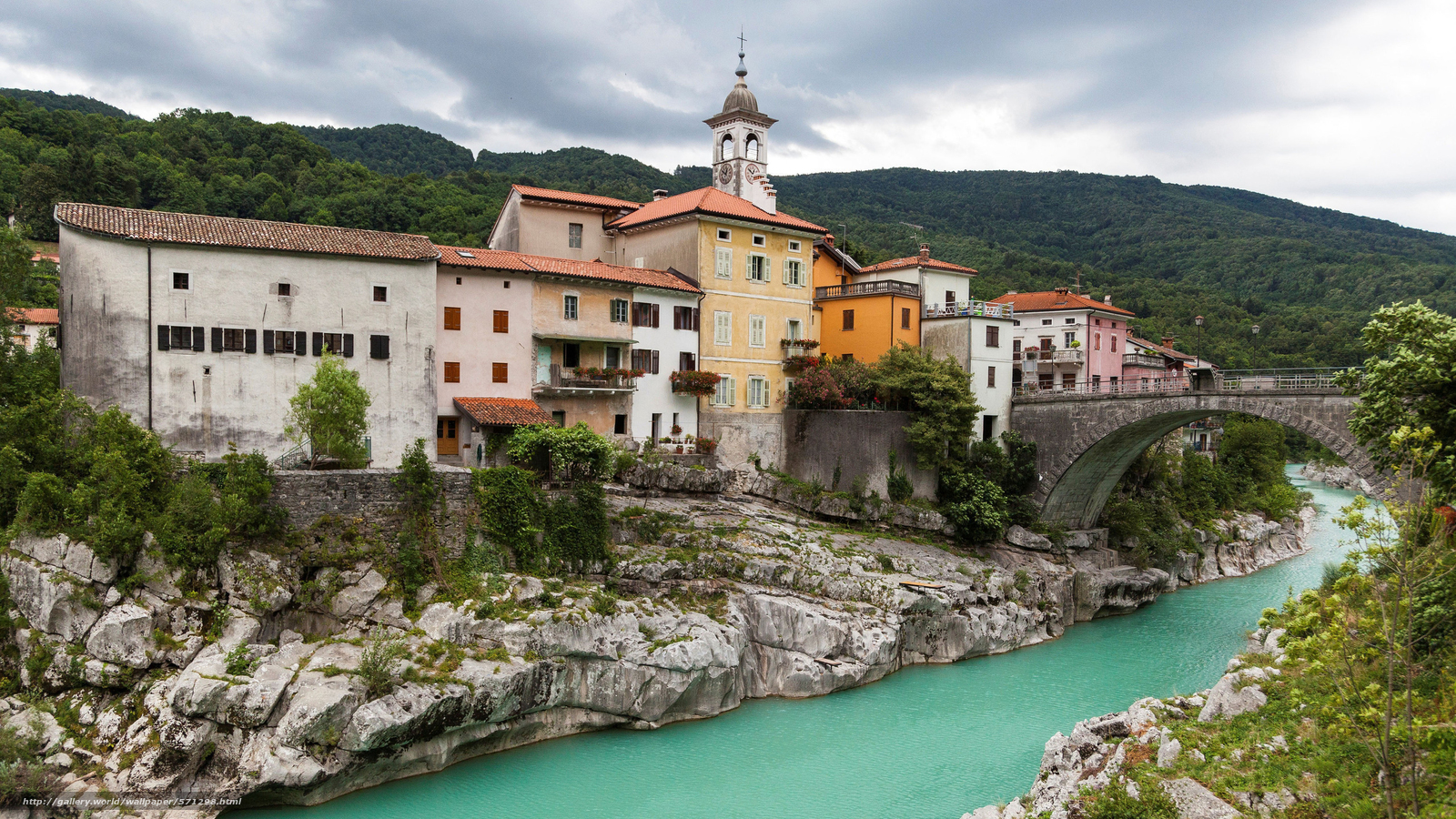The word Monasterace is thought to derive from Monasteraki, which in Greek means "small monastery". certain, in fact, of the existence of a small Byzantine monastery already in the sixth century AD whose ruins can still be seen and still called the Monastery of "San Marco". This was built in the middle of an archaeological area that refers to the ancient Magna Graecia colony of Kaulon.
Monasterace is divided into two hamlets: upper and marine. Monasterace Superiore is a small medieval village in a panoramic position and only 3 km from the southern Ionian coast. Monasterace marina is a modern centre with a tourist vocation, mythology and legend go back as far as the 7th century.
VIII century B.C., however Monasterace Superiore was populated when people from the sea areas, due to
a malaria epidemic spread after the destruction of Kaulon by the Saracens, began to create villages
on the heights.
A floor by floor would increase the need to erect boundary walls and to build the castle to defend the
population since the Byzantine attacks.
The construction of the medieval fortress dates back to the 11th century. It has a quadrangular structure in wood and stone, with four towers on the sides, a large inner courtyard, containing a cistern to collect rainwater, and a drawbridge, around which the village of Monasterace Superiore was built.
Of the original construction of the Castle only the stone access bridge and a few stretches of the surrounding walls remain, as it underwent many modifications starting from 1464, the year in which the Knights left Monasterace. It was, in fact, until that year that the fortress remained in the hands of the Caracciolo princes.
The village can be reached by three gates: the east gate, Porta Marina, the main one; the south gate, better preserved; finally, there is the more modern gate, called "tripu".
